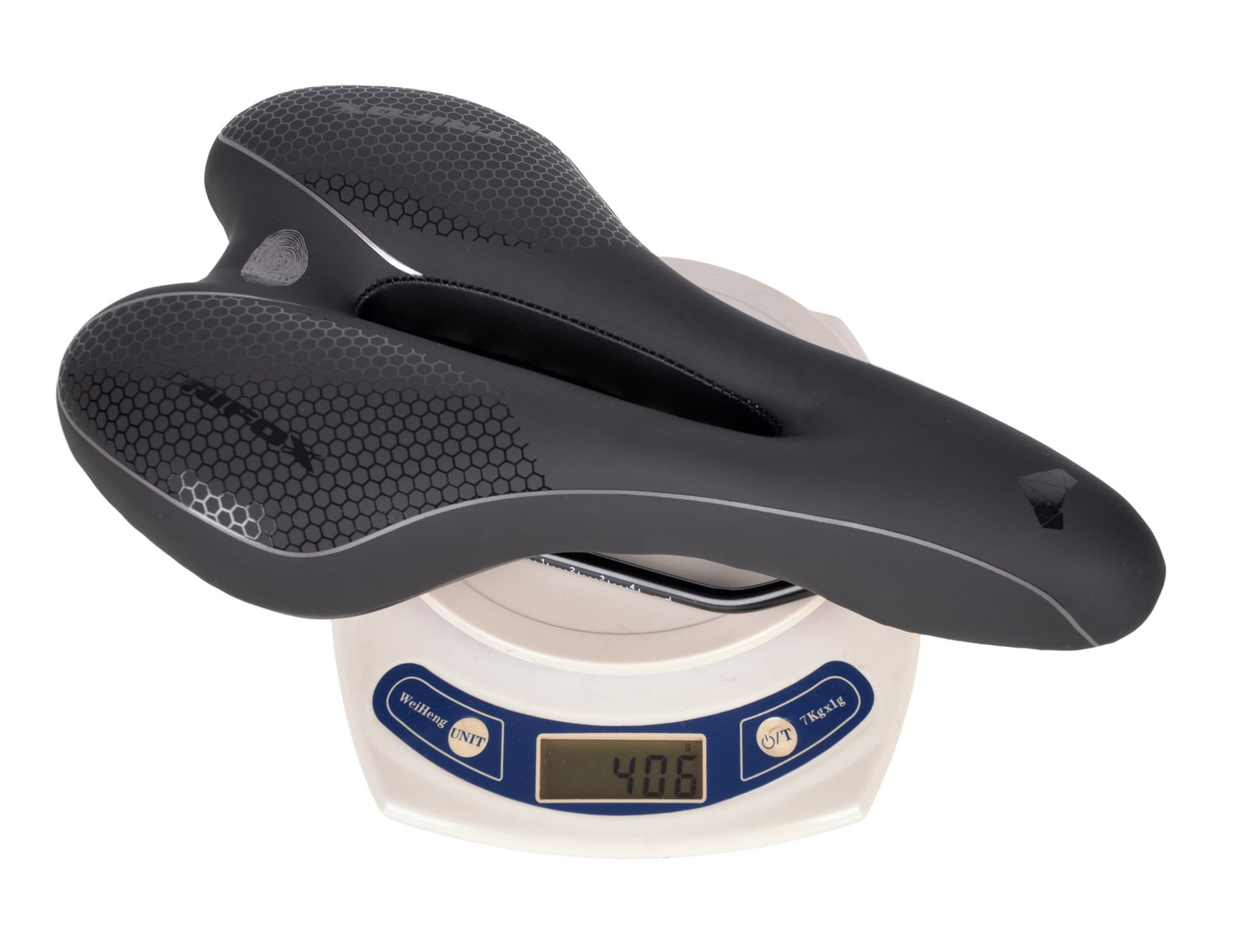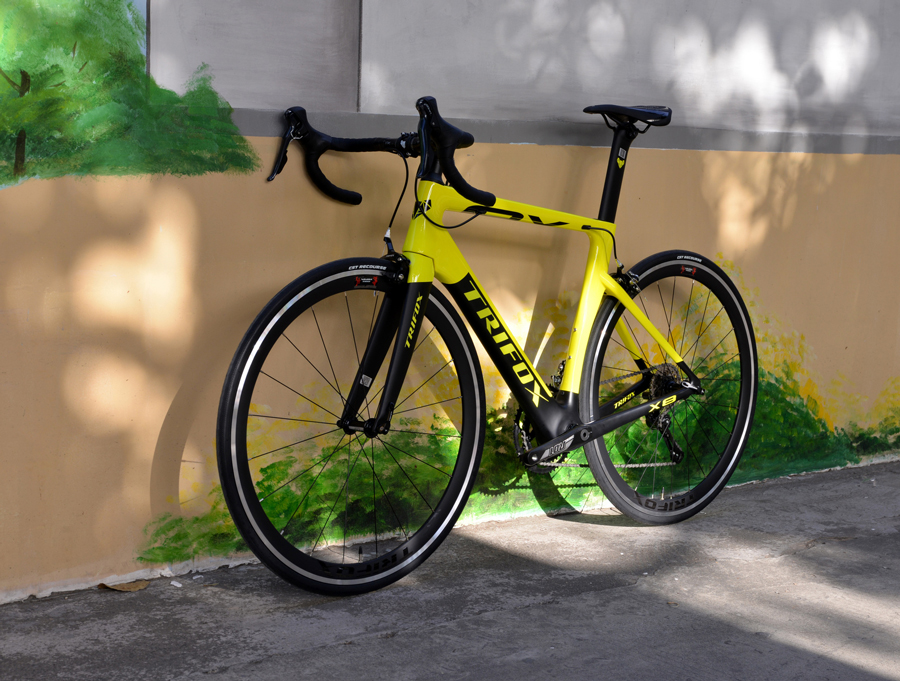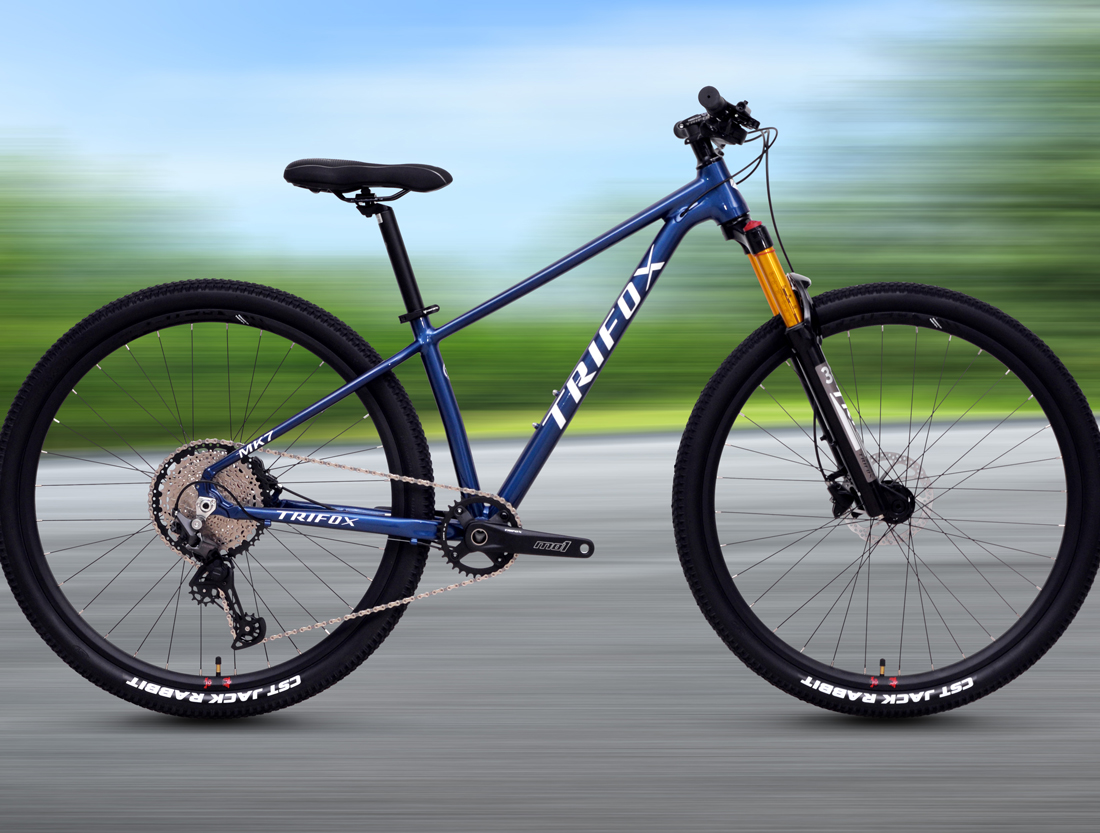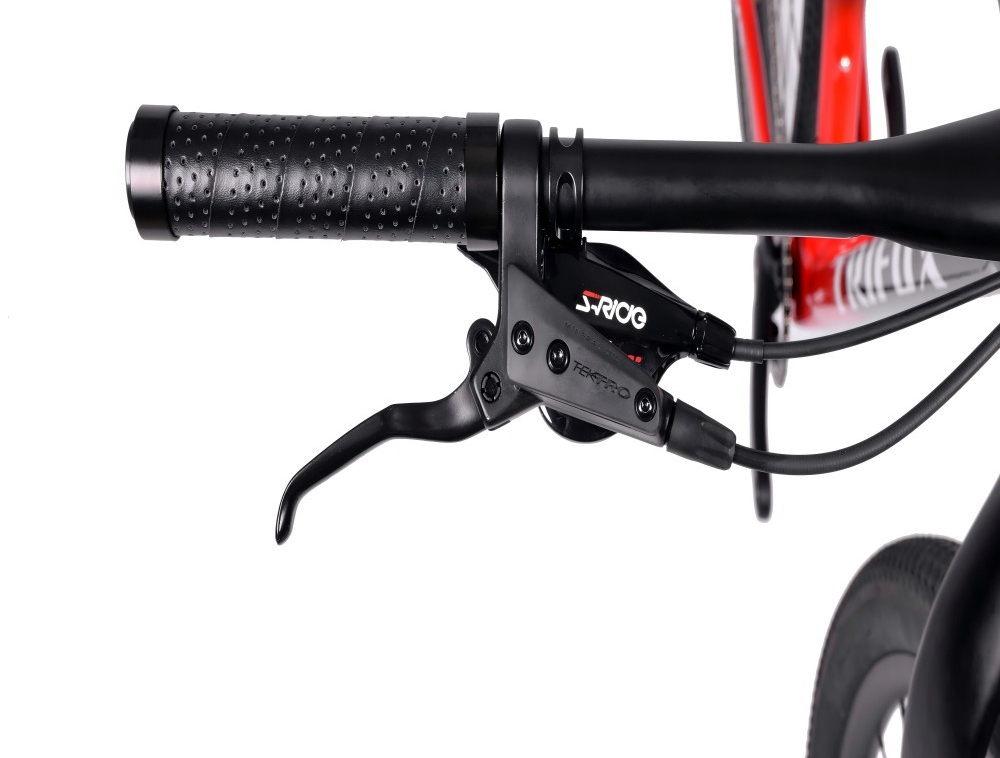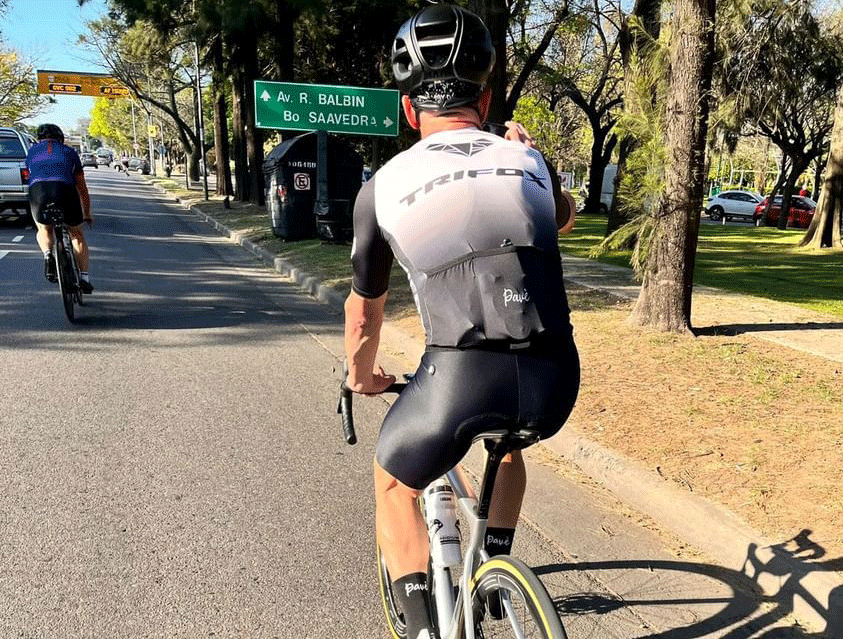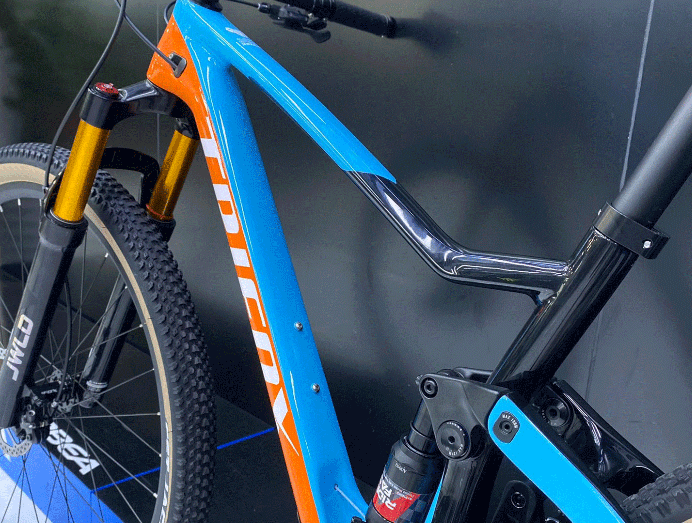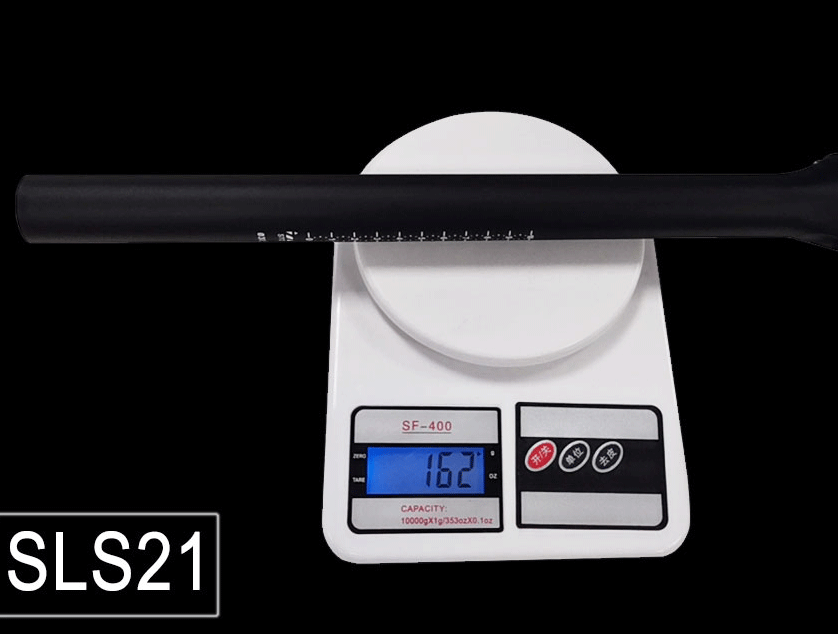Selecting the perfect racing bike frame is a crucial step toward optimizing your cycling performance. The frame is the backbone of your bike, influencing everything from weight and aerodynamics to comfort and handling. With numerous options available, making the right choice can be daunting.
1. Material Matters
The material of the bike frame significantly affects its performance characteristics. Here are the most common materials used in racing bike frames:
Carbon Fiber
Carbon fiber is the material of choice for high-performance racing bikes. It offers an excellent strength-to-weight ratio, meaning it is both lightweight and incredibly stiff. This stiffness ensures efficient power transfer from the pedals to the wheels, enhancing speed. Additionally, carbon fiber can be molded into aerodynamic shapes, further reducing drag.
Aluminum
Aluminum frames are known for their affordability and durability. While not as light or stiff as carbon fiber, modern aluminum frames can still provide excellent performance. They are more resistant to impact damage, making them a good option for riders who prioritize robustness.
Titanium
Titanium frames combine the best qualities of aluminum and steel. They are lightweight, corrosion-resistant, and offer a smooth ride due to their natural flex. However, titanium frames are typically more expensive, making them a premium choice for serious cyclists.
Steel
Steel frames are less common in racing due to their heavier weight. However, they offer unmatched durability and a comfortable ride, absorbing road vibrations effectively. Steel frames are often favored for long-distance touring rather than competitive racing.
2. Frame Geometry
The geometry of the bike frame influences how the bike handles and fits the rider. Key geometric aspects to consider include:
Top Tube Length
The top tube length affects the reach to the handlebars. A longer top tube provides a more stretched-out, aerodynamic position, while a shorter top tube offers a more upright, comfortable posture.
Head Tube Angle
A steeper head tube angle (73 degrees or more) results in quicker, more responsive steering, ideal for racing. A slacker angle provides more stability, which can be beneficial for endurance rides.
Seat Tube Angle
The seat tube angle determines the position of the saddle relative to the bottom bracket. A steeper angle (73-75 degrees) supports a forward, aggressive riding position, optimizing power output and aerodynamics.
Bottom Bracket Height
A lower bottom bracket enhances stability, especially at high speeds and during cornering, while a higher bottom bracket provides better ground clearance for rough terrains.
3. Aerodynamics
Aerodynamics play a critical role in racing performance. An aerodynamically optimized frame reduces air resistance, allowing you to maintain higher speeds with less effort. Features to look for include:
Narrower Tubing: Slender frame tubes reduce aerodynamic drag.Integrated Cables: Internal cable routing minimizes turbulence.Optimized Frame Shapes: Frames with teardrop or Kamm tail profiles cut through the air more efficiently.
4. Weight Considerations
A lighter frame allows for faster acceleration and easier climbing. Carbon fiber frames excel in this regard, with some high-end models weighing as little as 700 grams. When choosing a frame, balance weight savings with other performance factors like stiffness and durability.
5. Comfort and Compliance
Comfort is crucial for maintaining performance over long races. Look for frames with compliance features that absorb road vibrations, such as:
Seat Stays: Thinner, curved seat stays can flex slightly, improving ride comfort;Fork Design: Carbon forks with tapered steerer tubes enhance comfort and control;Seat Post: Some frames are designed to work with specific seat posts to further dampen vibrations.
6. Brand and Model Reputation
Choosing a frame from a reputable brand ensures high-quality construction and reliable performance. Brands like Trek, Specialized, and Cervelo are renowned for their racing bike frames. Research reviews and professional feedback to find models that consistently perform well.
7. Fit and Customization
Proper fit is essential for maximizing performance and avoiding injury. Many brands offer different frame sizes and customizable options. Consider visiting a professional bike fitter to determine the ideal frame size and geometry based on your body measurements and riding style.
8. Budget and Value
High-performance racing frames can be expensive, but investing in a quality frame is worthwhile for serious cyclists. Set a realistic budget and weigh the benefits of premium materials and features against the cost. Remember that additional components like wheels, groupsets, and handlebars also impact overall performance and should be factored into your budget.
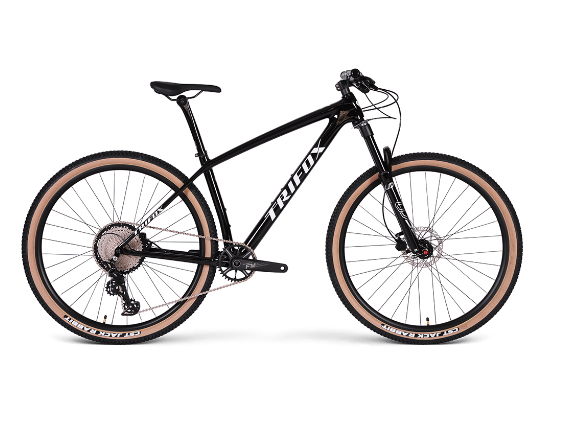
Conclusion
Selecting the perfect racing bike frame involves careful consideration of materials, geometry, aerodynamics, weight, comfort, brand reputation, fit, and budget. By understanding these key factors and how they influence performance, you can make an informed decision that enhances your cycling experience.
Whether you're aiming for personal bests or podium finishes, the right frame can make all the difference in achieving your goals.





























































